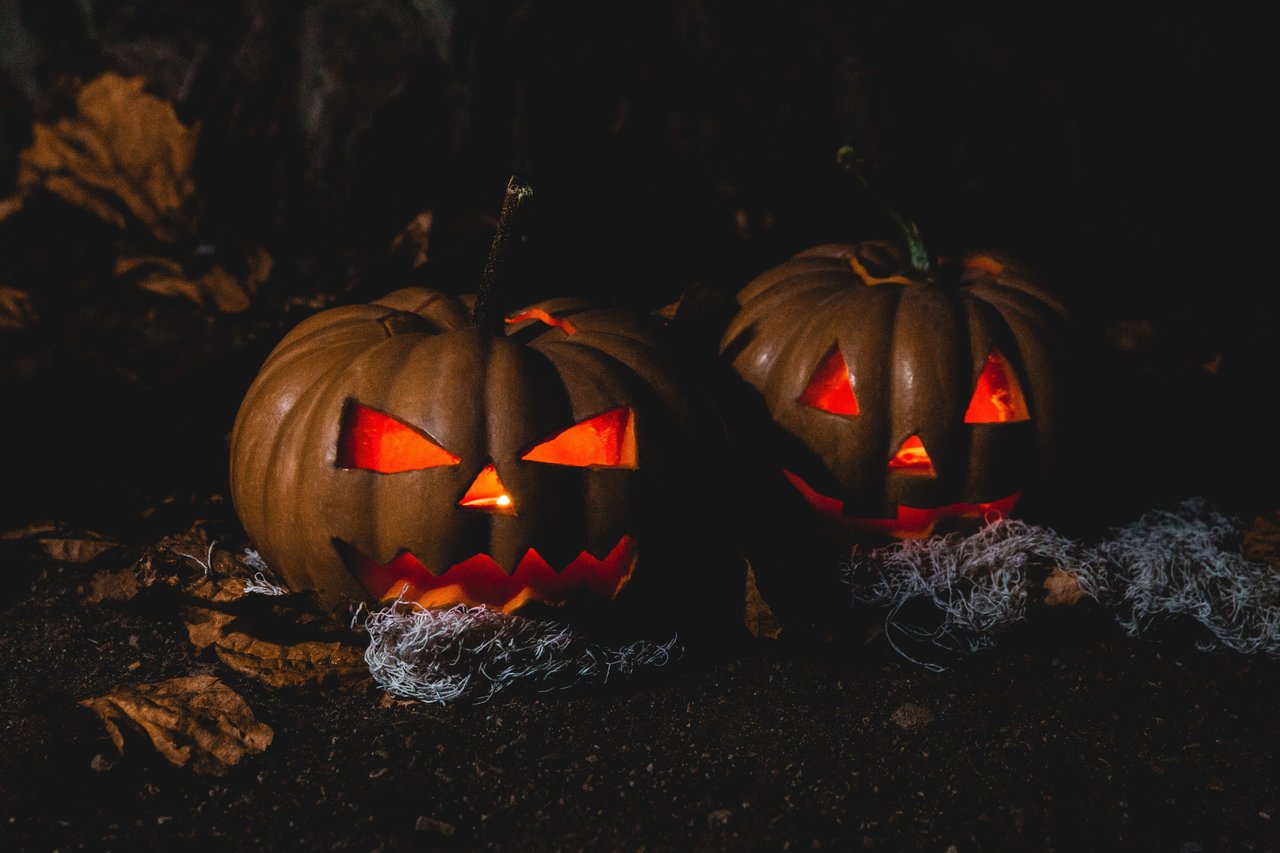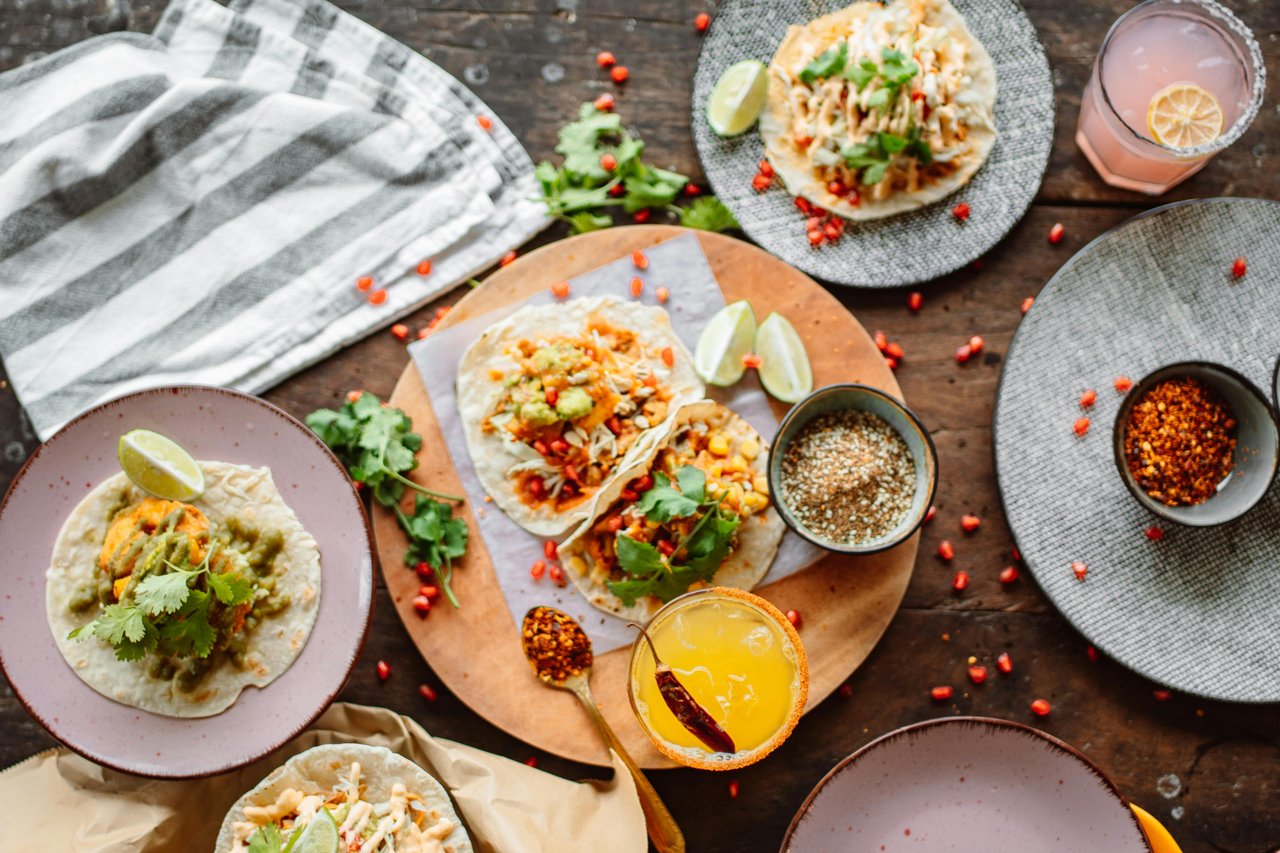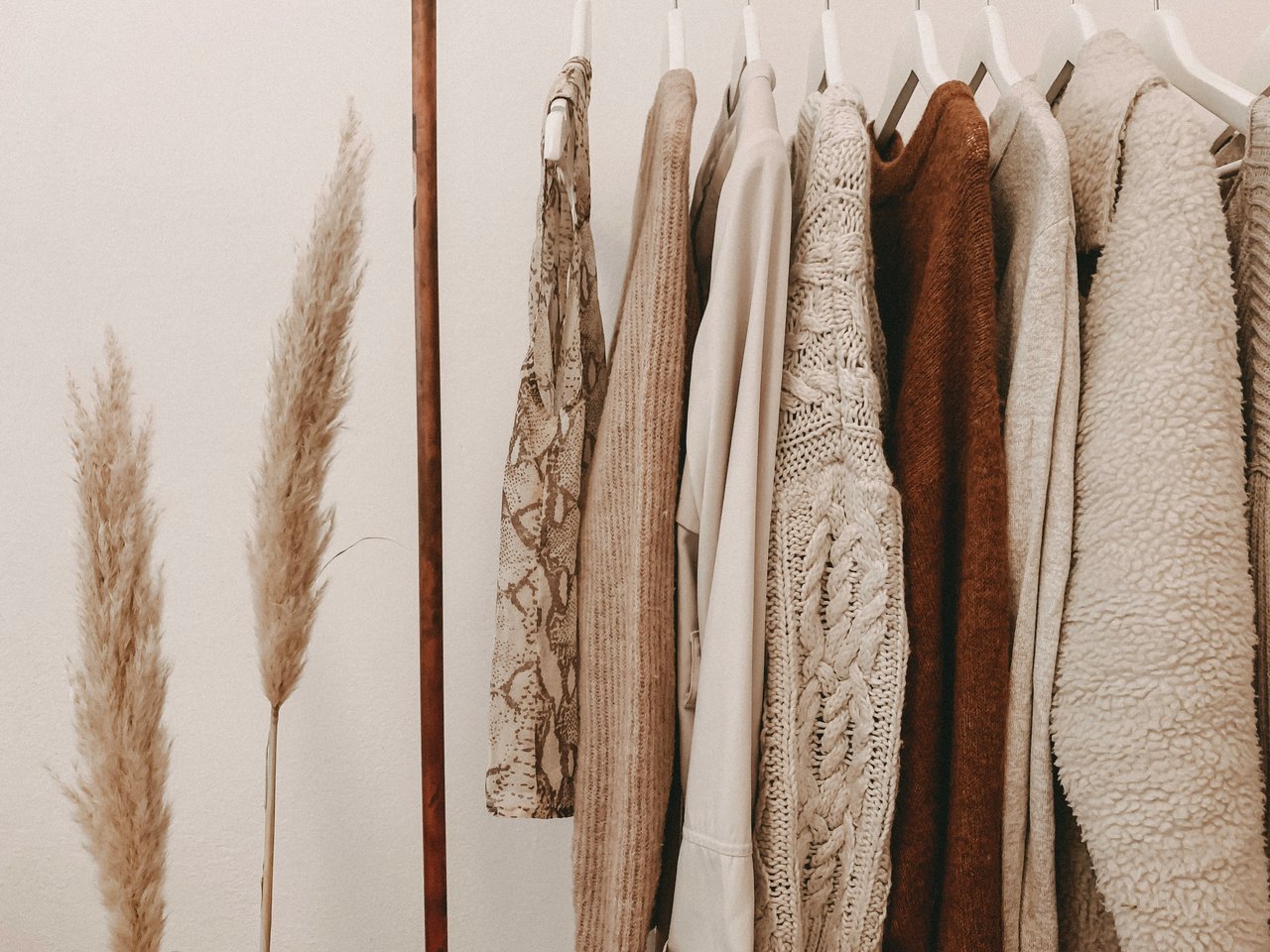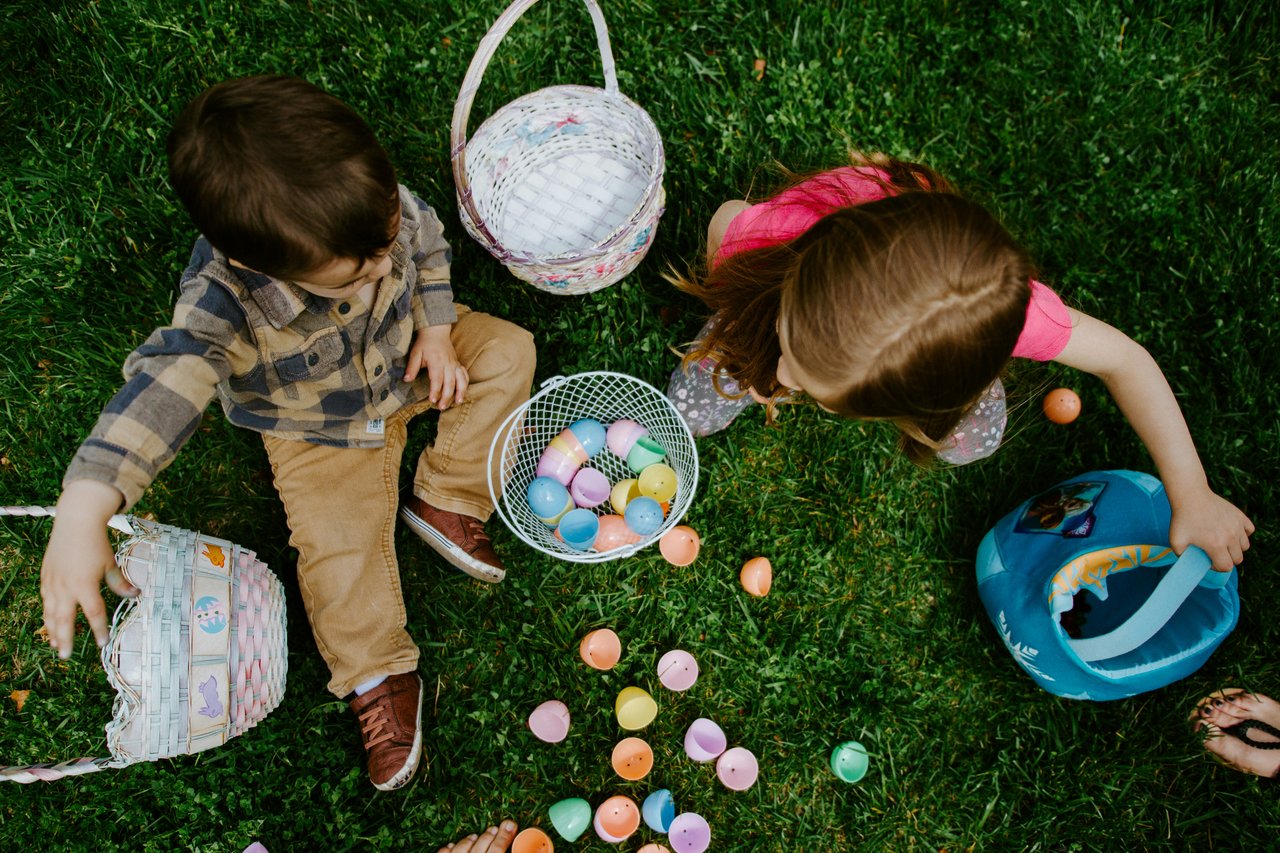Halloween, a beloved holiday marked by costumes, candy, and spooky decorations, has a history steeped in centuries of tradition, folklore, and cultural evolution. While today's Halloween celebrations might involve trick-or-treating and jack-o'-lanterns, the holiday's roots extend back in time and across continents. In this blog post, we'll embark on a journey through the fascinating history of Halloween, exploring its origins and evolution into the modern celebration we know today.
Celtic Beginnings:
- Halloween's origins can be traced back to the ancient Celtic festival of Samhain, celebrated around November 1st in what is now Ireland, the United Kingdom, and parts of France. Samhain marked the end of the harvest season and the beginning of the darker half of the year. Celts believed that on the night before Samhain, the boundary between the living and the dead blurred, allowing spirits to roam the Earth.
All Saints' Day:
- In the 8th century, the Christian church introduced All Saints' Day (also known as All Hallows' Day) on November 1st, a day to honor saints and martyrs. The evening before, October 31st, came to be known as All Hallows' Eve, which eventually morphed into Halloween. The Christian influence merged with Celtic traditions, giving rise to new customs and superstitions.
Medieval Celebrations:
- During the Middle Ages, Halloween evolved into a mix of Celtic and Christian traditions. People believed that ghosts and other supernatural beings roamed freely on this night, so they lit bonfires and wore costumes to ward off evil spirits. The practice of "souling" emerged, where the poor went door-to-door, offering prayers for the dead in exchange for food.
Immigration to America:
- Halloween was brought to North America by European immigrants, particularly the Irish, in the 19th century. Over time, these various cultural influences melded into the American Halloween tradition we recognize today. Elements like trick-or-treating and pumpkin carving became widespread.
Commercialization and Modern Halloween:
- The 20th century saw the commercialization of Halloween with the mass production of costumes, decorations, and candy. Halloween parties, haunted houses, and parades became popular, making it a festive holiday celebrated by people of all ages.
Global Popularity:
- In recent years, Halloween has become a global phenomenon, spreading beyond North America to countries all over the world. While some cultures have adapted the holiday to their own customs, others have embraced American-style celebrations, complete with costumes and candy.
Contemporary Traditions:
- Today, Halloween is known for its diverse traditions, including costume parties, haunted attractions, and trick-or-treating. People of all ages participate in the fun, and creative costumes range from classic monsters to pop culture icons.
Halloween's history is a tale of cultural fusion, evolving from Celtic and Christian traditions into a modern, globally celebrated holiday. This rich tapestry of customs, beliefs, and superstitions continues to captivate our imaginations and provide a unique opportunity to celebrate the mysterious, the spooky, and the supernatural. As we prepare for another Halloween, let us remember and appreciate the centuries of history that have contributed to the bewitching holiday we love today.




